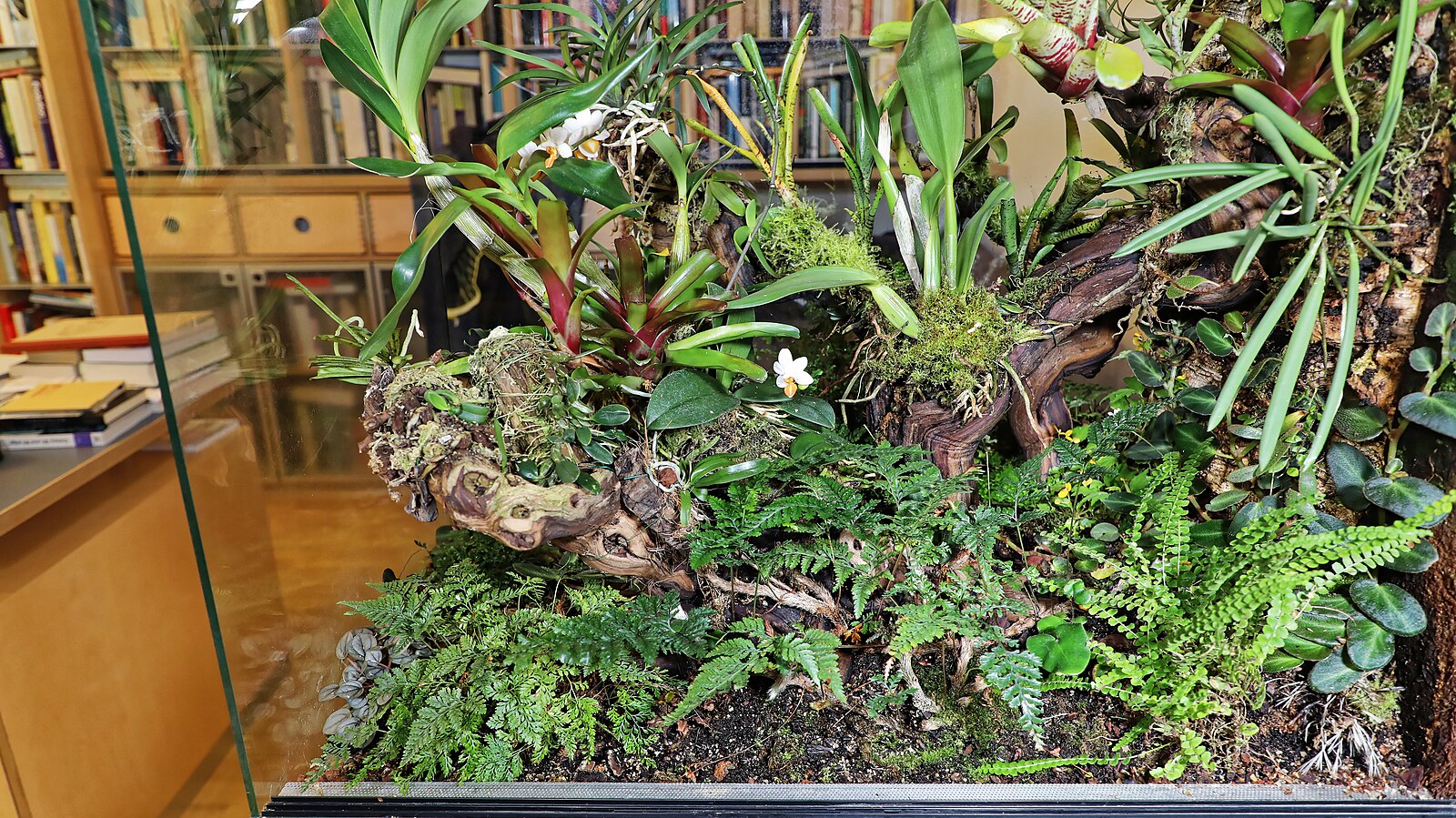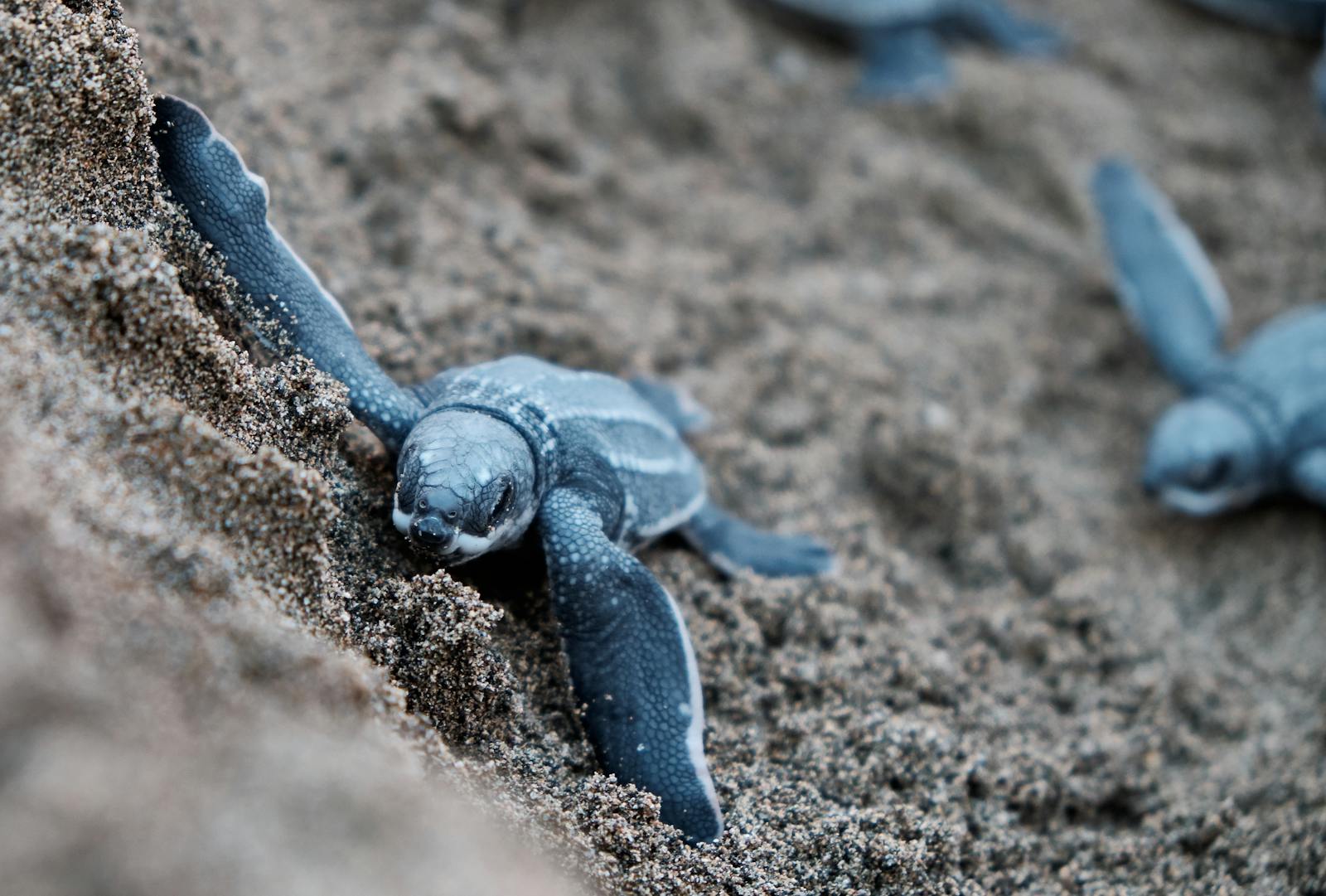When we think of essential wildlife, charismatic mammals and colorful birds often dominate our attention. However, lurking in the shadows, basking on sun-warmed rocks, and slithering through forest floors are creatures that play equally crucial roles in maintaining healthy ecosystems: reptiles. These ancient survivors—snakes, lizards, turtles, crocodilians, and tuataras—have inhabited Earth for over 300 million years, evolving into specialized species that fill unique ecological niches. Despite their importance, reptiles face unprecedented threats worldwide, with nearly 21% of species currently at risk of extinction. Understanding their ecological contributions is not merely academic—it’s essential for recognizing why their decline could trigger devastating consequences for ecosystems and, ultimately, for human well-being.
Ecosystem Engineers: How Reptiles Shape Their Habitats
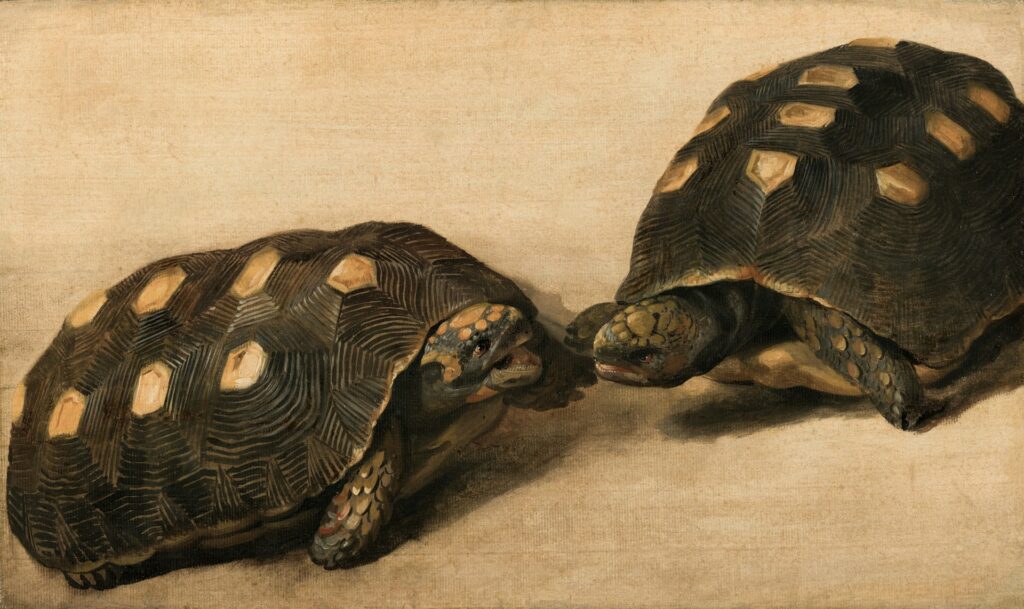
Many reptile species function as ecosystem engineers, physically altering environments in ways that benefit countless other organisms. Gopher tortoises exemplify this role perfectly, as they excavate extensive burrow systems that can extend 40 feet in length and 10 feet in depth. These impressive underground networks provide refuge for more than 350 other animal species, including endangered indigo snakes, burrowing owls, and numerous invertebrates. In wetland ecosystems, crocodilians create and maintain water holes during dry seasons that become oases for fish, amphibians, and other wildlife. American alligators in the Everglades construct “alligator holes” that retain water during droughts, supporting biodiversity that would otherwise perish. These physical modifications to the landscape demonstrate how reptiles literally shape the world around them, creating microhabitats that support community resilience.
Predators and Population Control

As efficient predators, reptiles provide vital ecological services by regulating populations of potential pest species. Snakes are particularly important in this regard, consuming vast quantities of rodents that might otherwise damage crops, spread diseases, or reproduce unchecked. A single pair of barn owls and their offspring might consume 3,000 rodents annually, but this pales in comparison to the impact of snakes—a single ratsnake can consume between 10-16 mice per month, adding up to potentially 200 rodents yearly. Lizards similarly help maintain insect populations in check, with studies showing that some species can consume thousands of insects annually per individual. In agricultural settings, this natural pest control service provides enormous economic benefits by reducing crop damage and decreasing reliance on chemical pesticides. The cascading effects of removing these predators from ecosystems can lead to explosive growth in prey populations with potentially devastating consequences.
Prey Species: Sustaining Predator Populations
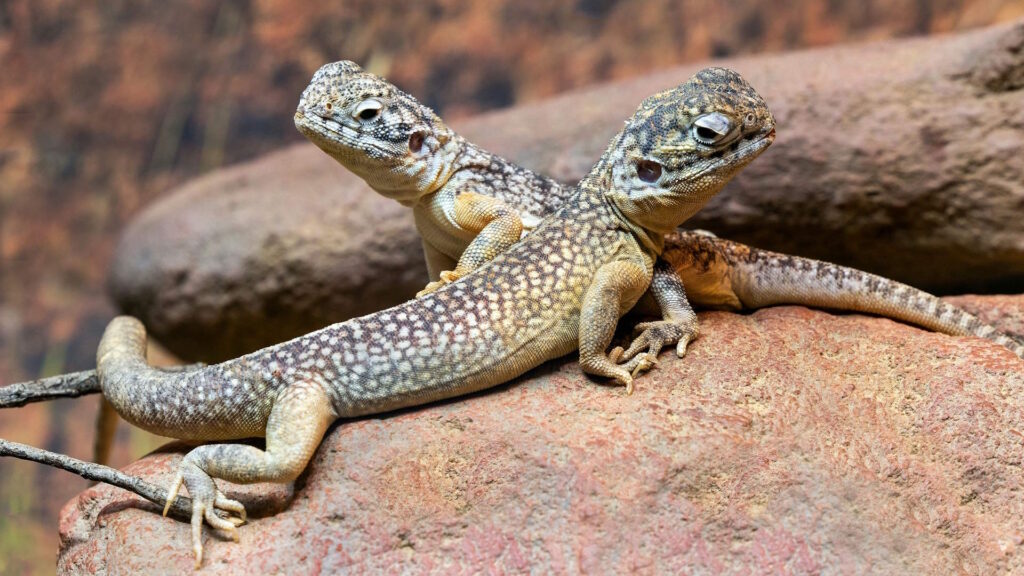
While many reptiles serve as predators, they also function as essential prey items in complex food webs. Medium-sized snakes, lizards, and juvenile turtles provide critical nutrition for birds of prey, mammalian carnivores, and larger reptiles. In some ecosystems, reptiles represent a significant portion of the available prey biomass, particularly in arid regions where other animal groups may be less abundant. Sea turtle hatchlings, despite high mortality rates, contribute substantial nutrient inputs to both marine and terrestrial predators during their vulnerable journey from nest to sea. This role as intermediaries in food webs means reptiles effectively transfer energy between trophic levels, connecting primary consumers to top predators. The loss of reptile species can therefore create ripple effects that destabilize entire predator-prey relationships, potentially leading to trophic cascades.
Seed Dispersal and Plant Community Structure
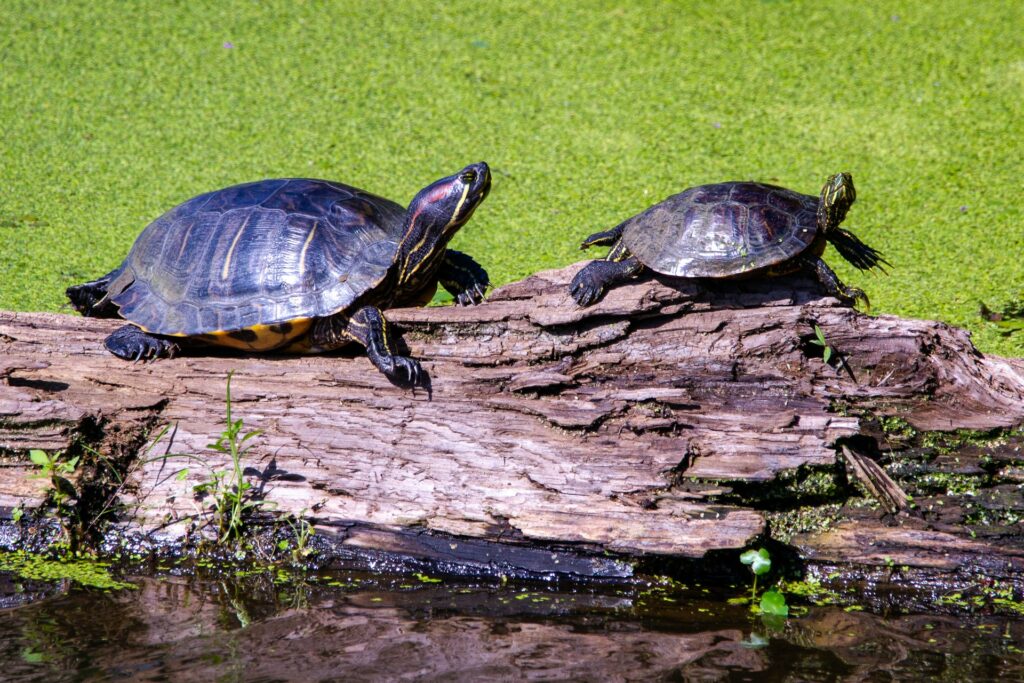
Many people are surprised to learn that numerous reptiles serve as important seed dispersers, influencing plant community composition and forest regeneration. Fruit-eating turtles, tortoises, and lizards consume fruits and subsequently deposit the seeds elsewhere, often with natural fertilizer in the form of feces. This service is particularly valuable in island ecosystems, where the Greek tortoise and Hermann’s tortoise have been documented dispersing seeds of over 200 plant species. In the Galápagos Islands, giant tortoises function as keystone species by dispersing seeds over long distances, helping to maintain the unique plant communities that inspired Darwin’s evolutionary theories. The most effective reptilian seed dispersers often have specific gut adaptations that enhance seed germination by scarifying seed coats during digestion. Research has shown that some plant species experience significantly higher germination rates after passing through reptile digestive tracts compared to undispersed seeds.
Nutrient Cycling: Reptiles as Ecosystem Processors

Reptiles contribute significantly to nutrient cycling within ecosystems, facilitating the movement of elements and compounds through biological systems. Sea turtles, for instance, transport massive quantities of nutrients from their marine feeding grounds to nutrient-poor beach ecosystems when they nest, depositing eggs rich in proteins, fats, and minerals. Studies have shown that vegetation surrounding sea turtle nesting beaches often shows enhanced growth patterns directly attributable to this nutrient influx. In terrestrial systems, desert tortoises influence soil fertility through their feeding and excretion patterns, creating “islands of fertility” in otherwise nutrient-limited environments. Even the bodies of reptiles themselves contribute to nutrient cycling—when a large reptile dies, its decomposition releases a concentrated pulse of nutrients that can support scavengers and enrich soil. This process is particularly significant for long-lived species like tortoises, which accumulate substantial biomass over their lifespans.
Indicators of Environmental Health
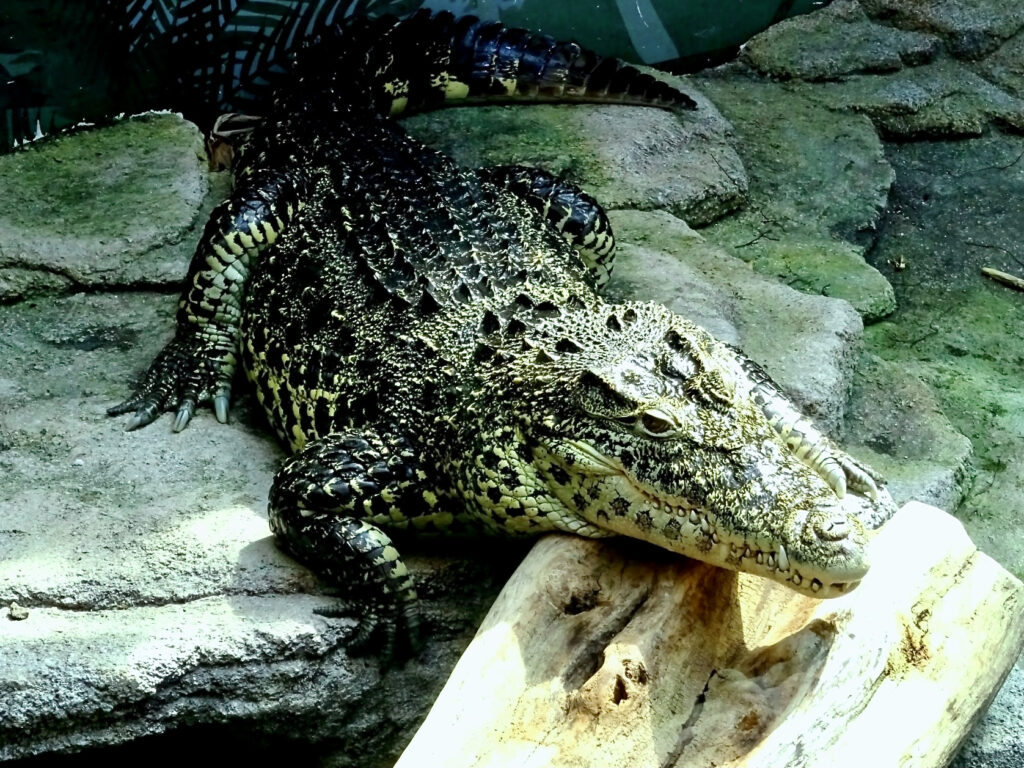
Reptiles often serve as excellent bioindicators, providing scientists with valuable information about ecosystem health and environmental quality. Many species have specific habitat requirements and limited tolerance for environmental disturbances, making them sensitive to ecosystem changes. Crocodilians, for example, require clean water, abundant prey, and suitable nesting sites—conditions that typically indicate healthy wetland ecosystems. The American alligator’s recovery from near-extinction to viable populations throughout the southeastern United States demonstrates successful conservation efforts and wetland restoration. Similarly, declining reptile populations often serve as early warning signs of environmental degradation, pollution, or habitat fragmentation. The global amphibian decline crisis received considerable attention, but parallel declines in reptile populations sometimes provide even more accurate indicators of specific environmental stressors, as many reptiles have longer lifespans and different physiological vulnerabilities than amphibians.
Climate Change Mitigation and Adaptation
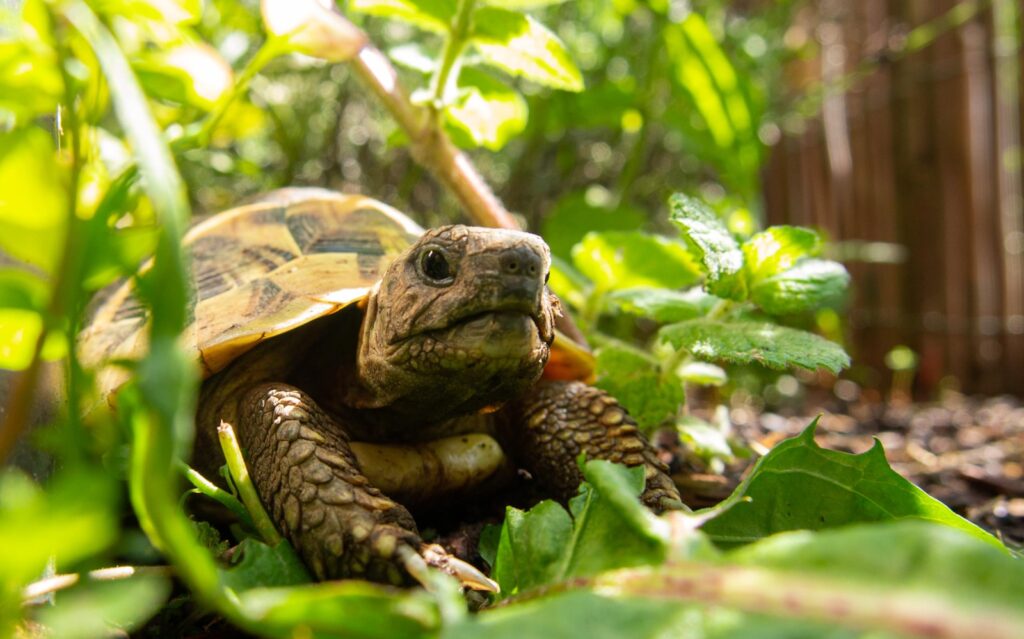
Reptiles may play unexpected roles in climate change dynamics through their ecosystem functions and adaptations. Large herbivorous reptiles such as tortoises influence vegetation composition through grazing patterns, potentially affecting carbon sequestration in plant communities. In marine ecosystems, sea turtles feeding on seagrass beds maintain these important carbon-storing habitats through grazing that increases seagrass productivity and prevents overgrowth. Crocodilians in wetland ecosystems help maintain the hydrology and vegetation structure of these globally important carbon sinks. Additionally, understanding how reptiles adapt to changing climates may provide valuable insights for conservation biology more broadly. Many reptile species demonstrate remarkable adaptability to temperature fluctuations through behavioral thermoregulation, though this capacity has limits—especially concerning for species with temperature-dependent sex determination, where warming temperatures may skew sex ratios and threaten population viability.
Disease Control and Public Health
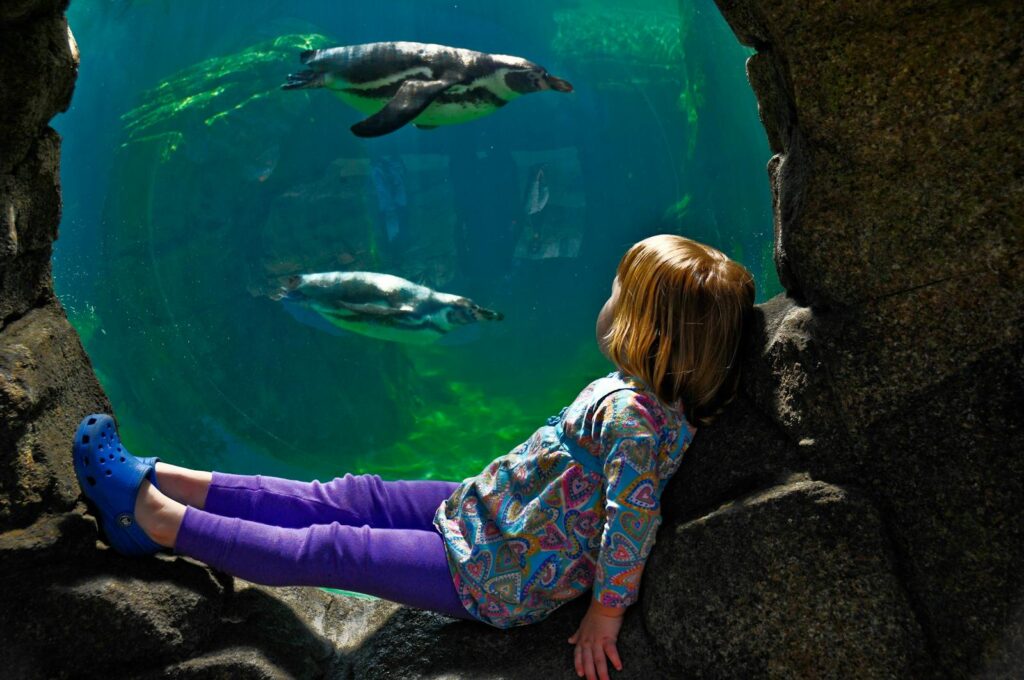
The role of reptiles in disease dynamics remains an underappreciated aspect of their ecological significance. Many reptile predators consume disease vectors like rodents and insects, potentially reducing the transmission of zoonotic diseases to humans. Insectivorous lizards may help control mosquito populations in tropical regions, indirectly reducing the prevalence of mosquito-borne illnesses like malaria, dengue fever, and Zika virus. Studies in the Caribbean have documented how anole lizards significantly reduce mosquito abundance in urban and suburban environments. Conversely, the loss of reptile species can potentially increase human disease risk through expanded vector populations. While some reptiles can harbor diseases transmissible to humans (particularly in captivity), wild reptile populations typically play a net positive role in disease ecology by suppressing vector populations and maintaining balanced host-parasite relationships within ecosystems.
Cultural and Economic Value
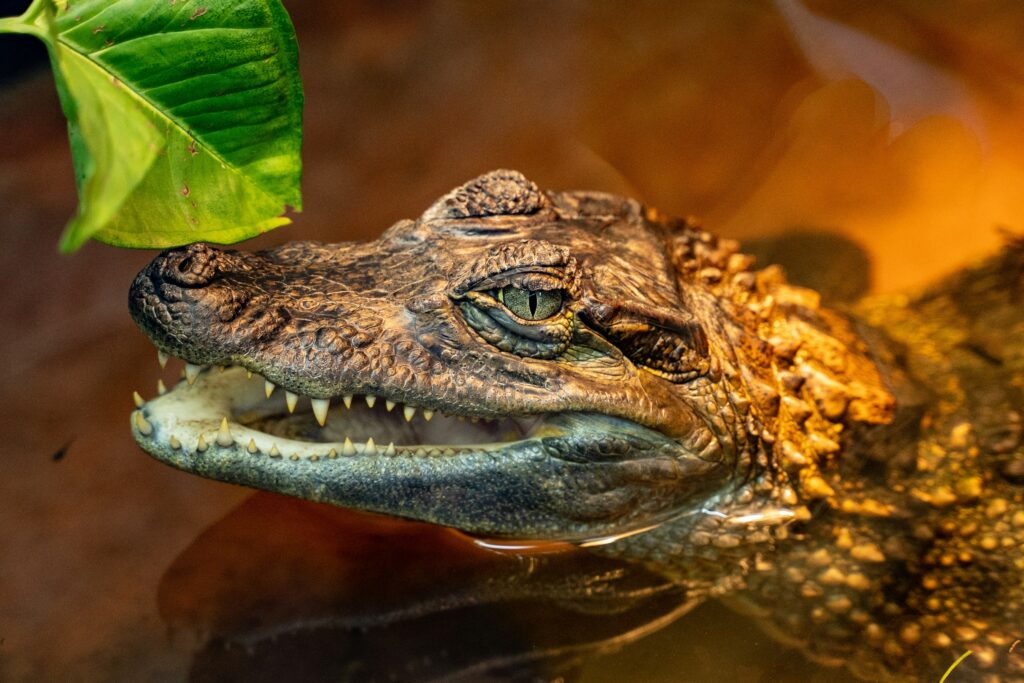
Beyond their ecological functions, reptiles hold immense cultural and economic value across human societies. Indigenous cultures worldwide incorporate reptiles into creation myths, spiritual practices, and traditional ecological knowledge systems that often promote conservation ethics. In parts of Africa, Asia, and the Americas, crocodilians and turtles are considered sacred animals deserving protection. Economically, reptiles contribute to human wellbeing through ecotourism, providing sustainable livelihoods in regions where wild reptiles attract visitors. Sea turtle conservation programs generate millions in tourism revenue annually for coastal communities in countries like Costa Rica, Mexico, and Australia. Sustainable harvesting programs for certain reptile species, when properly managed, can provide economic incentives for habitat preservation while supporting local economies. The loss of charismatic reptile species therefore represents not only an ecological tragedy but also a cultural and economic one for many human communities.
Major Threats Facing Reptile Populations

Reptiles worldwide face an unprecedented combination of threats that have driven many species to the brink of extinction. Habitat destruction and fragmentation stand as the primary threat, with agricultural expansion, urbanization, and infrastructure development eliminating or degrading crucial reptile habitats. Climate change poses particular challenges for reptiles given their ectothermic physiology and temperature-dependent life processes, with warming temperatures already altering sex ratios in some species with temperature-dependent sex determination. Wildlife trafficking continues to decimate populations of turtles, tortoises, and lizards for the pet trade, traditional medicine, and luxury products. Invasive species, environmental pollution, and disease further compound these pressures, creating a perfect storm of threats. Road mortality alone kills millions of reptiles annually, with studies suggesting that snake populations near roads may be reduced by up to 50% compared to more remote areas.
Ecological Consequences of Reptile Declines
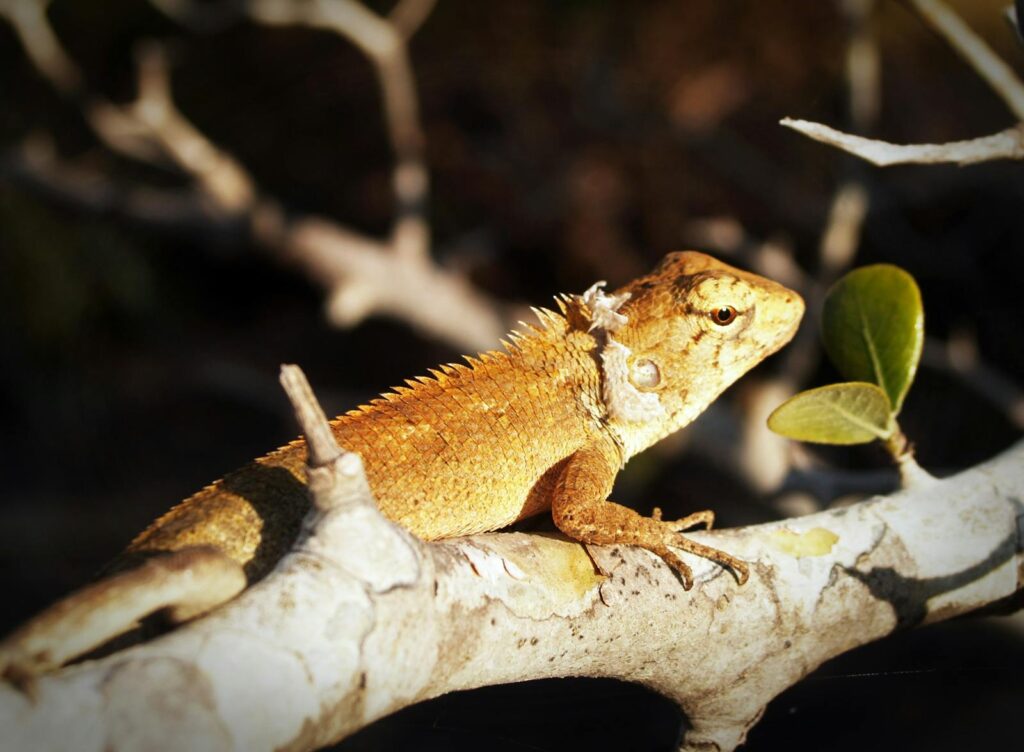
The ongoing loss of reptile biodiversity triggers cascading ecological consequences that extend far beyond the disappearance of individual species. When predatory reptiles decline, prey populations often experience rapid growth, potentially leading to overgrazing, increased agricultural damage, or disease transmission. The loss of seed-dispersing reptiles can fundamentally alter plant community composition and reduce forest regeneration rates, as documented following the extinction of large tortoises on oceanic islands. Ecosystem engineering services provided by burrowing reptiles disappear when these species decline, eliminating microhabitats used by hundreds of other species. These disruptions can trigger unpredictable feedback loops and threshold effects where ecosystems suddenly shift to alternative states. Research in the Caribbean has shown that the experimental removal of lizards from small islands led to explosive growth in arthropod populations, increased leaf damage to plants, and ultimately reduced plant productivity—demonstrating how reptile losses can fundamentally alter ecosystem processes within just a few generations.
Conservation Strategies and Success Stories
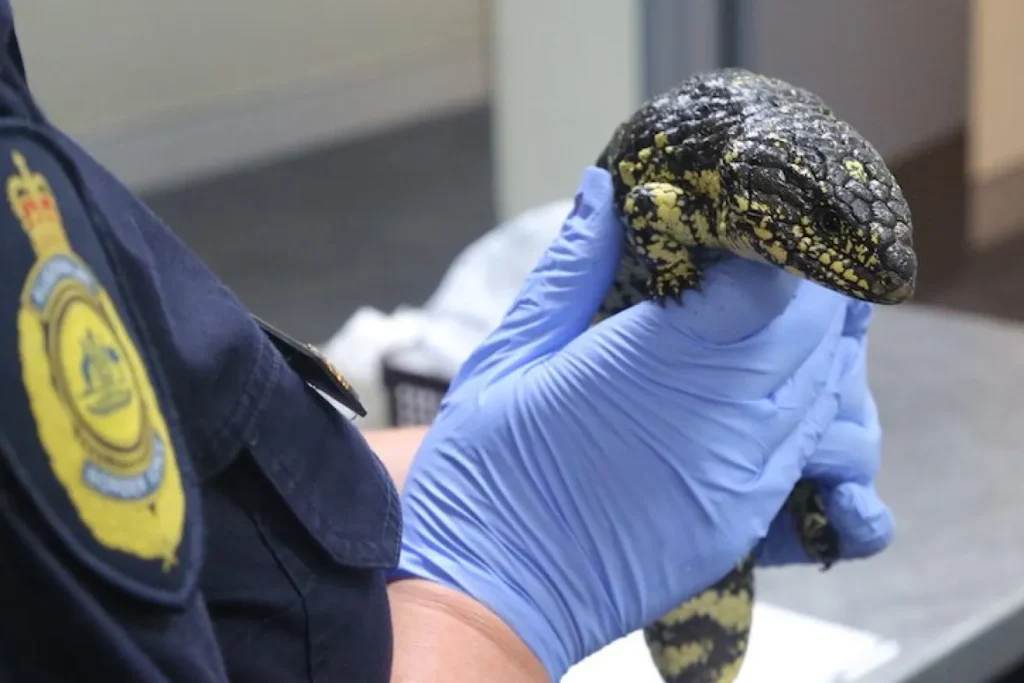
Despite the grim outlook for many reptile species, conservation success stories offer hope and practical guidance for protecting these ecologically valuable animals. Habitat protection represents the foundation of effective reptile conservation, with protected areas providing safe havens for vulnerable populations when properly managed and enforced. Headstarting programs for imperiled turtles and tortoises have proven effective by raising hatchlings in captivity through their most vulnerable life stages before releasing them into the wild. The American alligator stands as perhaps the most celebrated reptile conservation success story, recovering from near-extinction in the mid-20th century to stable populations today thanks to legal protection, habitat conservation, and regulated sustainable use programs. Community-based conservation initiatives have proven particularly effective where local stakeholders receive tangible benefits from protecting reptiles, as exemplified by sea turtle conservation programs in Costa Rica that transformed former poachers into eco-guides. Innovative approaches like roadway underpasses for turtles, snake-friendly wildlife corridors, and certification programs for sustainable reptile products demonstrate how creative solutions can address specific threats.
The Future of Reptiles: Why Every Species Matters
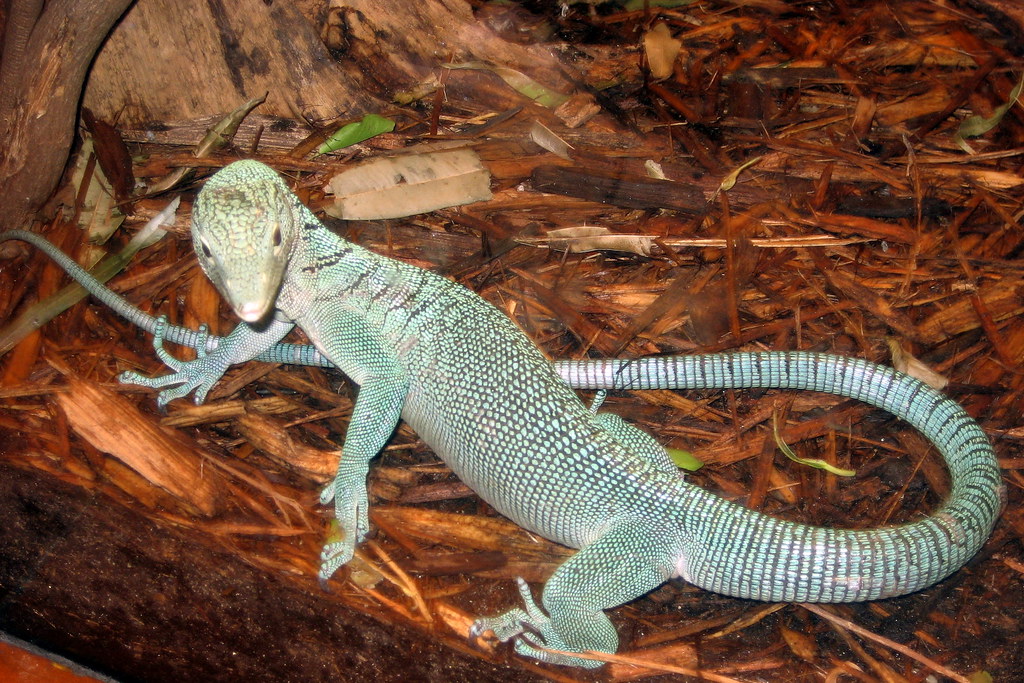
The future of reptile biodiversity hangs in the balance, with conservation decisions made in the coming decades likely determining which species persist and which are lost forever. Every reptile species represents not just a unique evolutionary lineage but also a distinctive set of ecological functions and potential benefits to humanity. Reptiles possess remarkable biochemical adaptations that have inspired medical research, including compounds in Gila monster saliva that led to diabetes medications and unique antibacterial properties in crocodilian blood that may help combat antibiotic-resistant infections. The unfolding field of biomimicry continues to discover valuable applications based on reptile adaptations, from snake-inspired robot designs to water-harvesting systems modeled on desert-dwelling lizards. Beyond these utilitarian arguments, reptiles deserve protection based on their inherent value and right to exist as fellow inhabitants of our planet. By recognizing and communicating both the ecological importance and intrinsic worth of reptiles, conservationists hope to elevate these often-maligned animals in public perception and conservation priority.
Conclusion
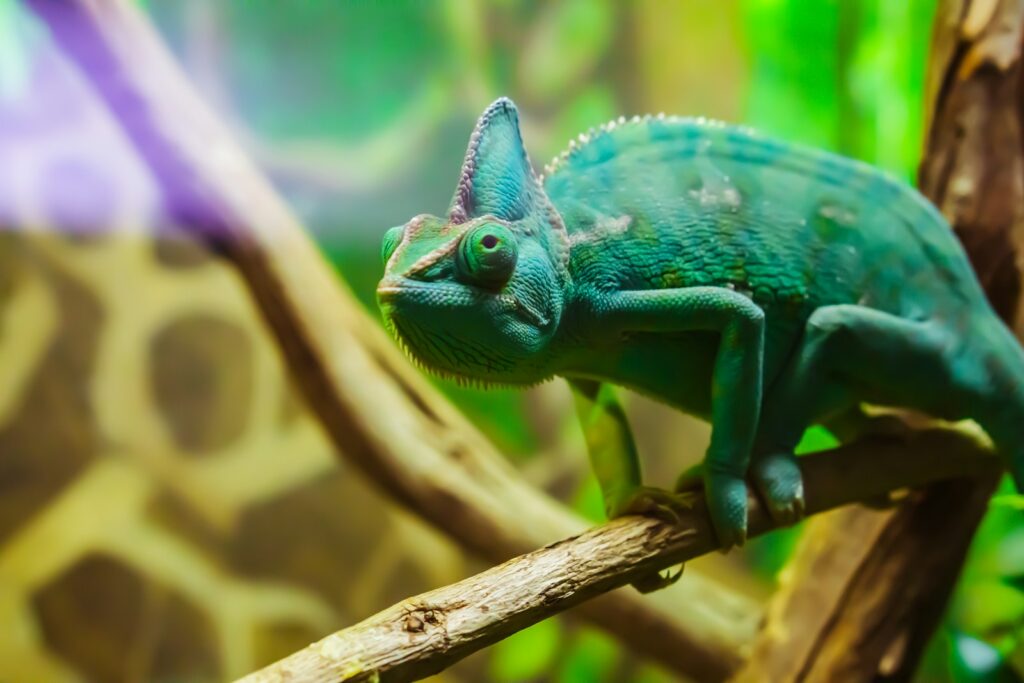
As we face the reality of global reptile declines, the evidence points unmistakably toward the devastating ecological consequences that would follow their loss. These ancient survivors connect ecosystems in ways we are only beginning to fully understand—as predators and prey, seed dispersers, habitat engineers, and indicators of environmental health. The threats they face reflect broader environmental challenges that ultimately endanger human wellbeing as well. Rather than viewing reptile conservation as a special interest concern, we must recognize it as essential to maintaining functional, resilient ecosystems that sustain all life. By protecting reptiles and their habitats, we simultaneously preserve the intricate ecological relationships they maintain and the ecosystem services we depend upon. The slithering, crawling, basking members of class Reptilia deserve not just our respect but our active protection—for their sake and our own.


